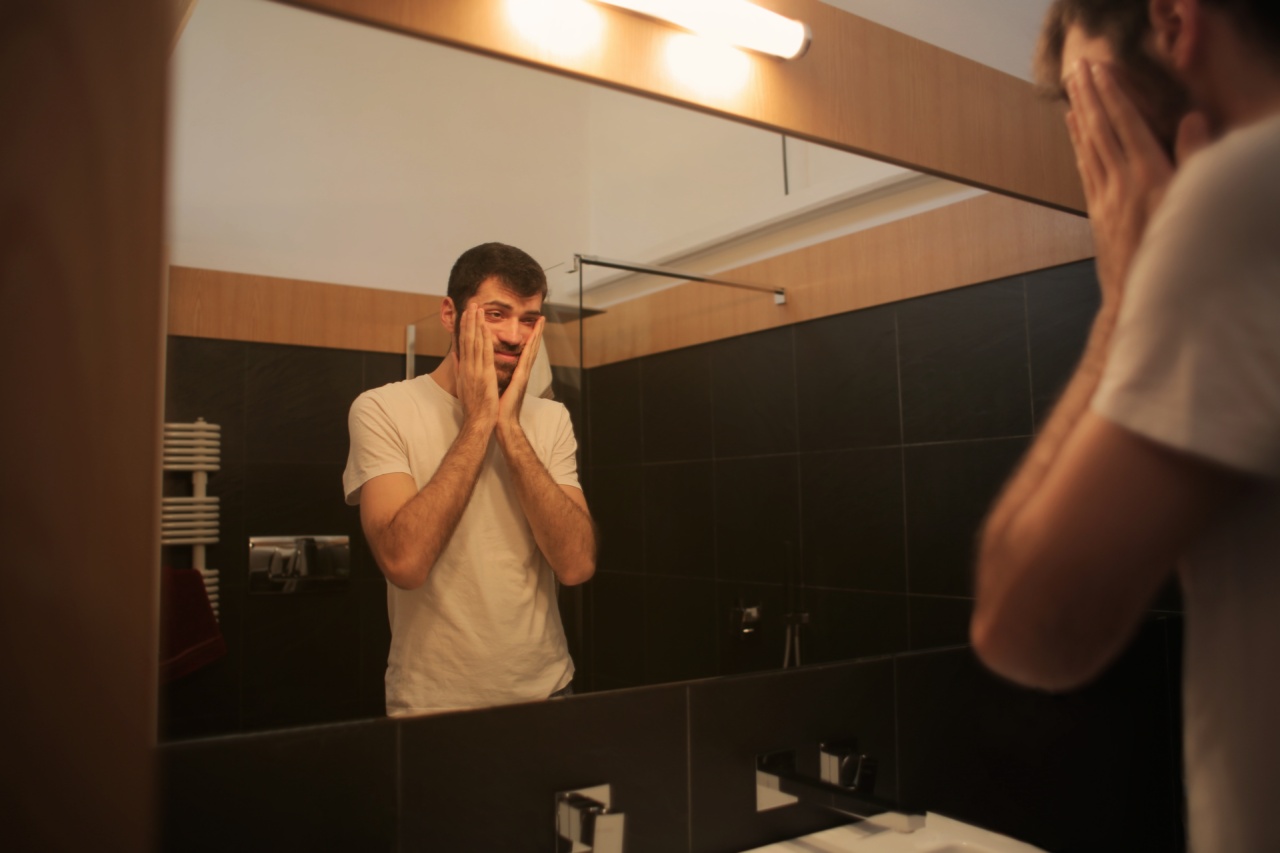Presbyopia is a common condition that affects a person’s ability to see objects up close as they age. It is a natural part of aging, and it affects everyone eventually.
However, it is interesting to note that women tend to suffer from presbyopia earlier than men. In this article, we will explore why presbyopia affects women differently than men.
What is Presbyopia?
Presbyopia is an age-related vision problem that affects a person’s ability to focus on objects up close. It usually starts to occur in people over the age of 40, and it happens because the lens in the eye becomes less flexible over time.
This means that the eye is not able to change its shape as easily as it used to, making it harder to focus on nearby objects.
Why Does Presbyopia Affect Women Earlier Than Men?
While men and women are affected by presbyopia, studies have shown that women tend to be affected earlier than men. The reasons for this are not entirely clear, but there are a number of factors that may contribute to this difference.
Hormonal Changes
One possible explanation for why women tend to suffer from presbyopia earlier than men is hormonal changes. As women age, they experience a number of hormonal changes that can affect the eyes.
For example, estrogen plays a role in keeping the eyes healthy, and as women go through menopause, their estrogen levels decrease. This can lead to dry eyes, which can exacerbate the symptoms of presbyopia. Additionally, hormones may affect the flexibility of the lens in the eye, which can make it less able to adjust to changes in focal length.
Different Eye Structures
Another possible explanation for why women are affected by presbyopia earlier than men is that they have different eye structures.
Studies have shown that women tend to have shorter eyeballs than men, which can make them more susceptible to certain types of vision problems, including presbyopia.
Pregnancy and Childbirth
Women who have given birth may be at a higher risk of developing presbyopia earlier than men. This is because pregnancy and childbirth can place significant stress on the body, including the eyes.
Additionally, women who have given birth may experience hormonal changes that can affect the eyes, as well as changes in blood volume and circulation that can affect vision.
Lifestyle Factors
Lifestyle factors may also play a role in why women tend to suffer from presbyopia earlier than men. For example, women may spend more time doing activities that require close vision, such as reading and sewing.
This can lead to eye strain and make presbyopia symptoms worse. Additionally, women may be more likely to wear contact lenses, which can exacerbate dry eye symptoms.
Conclusion
Presbyopia is a condition that affects everyone eventually. However, women tend to suffer from presbyopia earlier than men.
Possible reasons for this difference include hormonal changes, differences in eye structure, pregnancy and childbirth, and lifestyle factors. While there is no cure for presbyopia, there are a number of treatment options available, including eyeglasses, contact lenses, and surgery.































